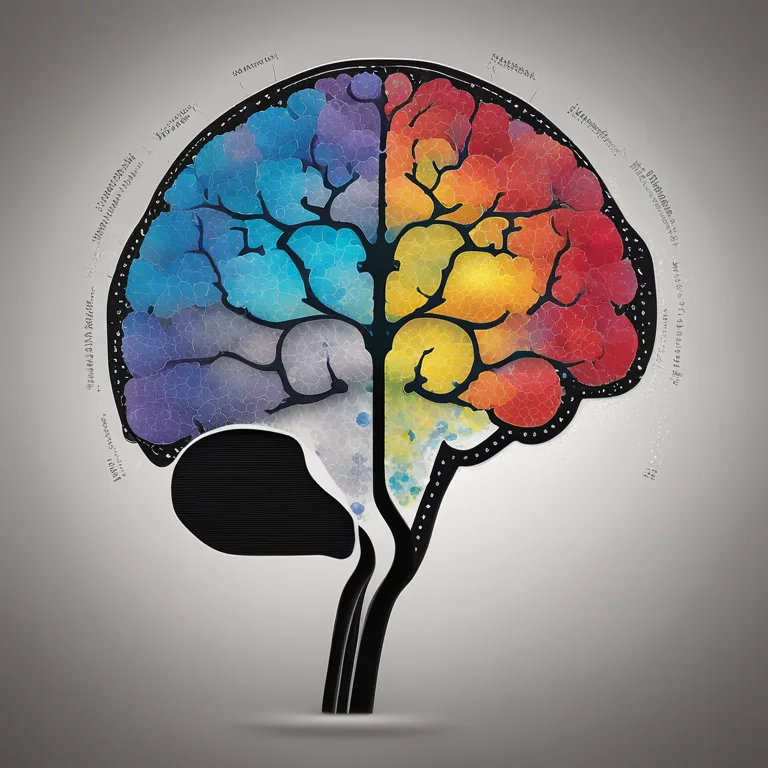
Healing Through Mindfulness: A Trauma Recovery Path
Explore the healing powers of mindfulness meditation in recovering from trauma, fostering resilience, and restoring emotional balance.
article by Hina Kurosawa
The Role of Mindfulness in Healing
Amid the search for peace and healing, mindfulness meditation has emerged as a beacon of hope for those grappling with the aftermath of trauma. Its foundation lies in the practice of being fully present, aware of where we are, what we’re doing, and not overly reactive or overwhelmed by what’s going on around us. This conscious attentiveness provides a platform for trauma survivors to gently acknowledge and process painful experiences without being ensnared by them. Through its principles, mindfulness carves out a path toward restoration and serenity, transforming the individual's relationship with trauma.

Establishing a Safe Meditation Practice
Starting a meditation practice after experiencing trauma calls for a tailored approach that ensures safety and comfort. Before delving into mindfulness, it is crucial to cultivate a setting wherein one feels secure; a personal sanctuary free from triggers and distractions. Instructors experienced in trauma-sensitive mindfulness can offer invaluable guidance, adapting meditation techniques to individual needs. Grounding exercises, often a fundamental component of trauma therapy, can also integrate seamlessly into mindfulness practices, reinforcing a sense of security during each session.

Neuroscience Behind Mindfulness and Trauma
The power of mindfulness meditation in trauma recovery is not merely anecdotal; it is backed by neuroscience. Ongoing research continues to uncover how mindfulness alters brain function and structure, specifically in areas implicated in attention, emotion regulation, and self-awareness. These changes may mitigate the hypersensitivity to stimuli characteristic of PTSD, reducing the frequency and intensity of triggers. Moreover, the practice promotes increased activity within the prefrontal cortex, dampening the amygdala's role – the brain's fear center – in dictating the trauma response.

Embarking on a Healing Journey
A journey with mindfulness meditation is a personal and individual one, especially for trauma survivors. It often begins with simple, short meditative exercises that gradually evolve into more prolonged sessions. The cornerstone of this progression is the cultivation of non-judgmental observation of thoughts, emotions, and bodily sensations. By acknowledging and releasing these observations without attachment, one starts to break the cycle of rumination and avoidant behaviors that perpetuate the suffering associated with trauma.

Sustaining Mindfulness Amidst Challenges
Mindfulness meditation is not a panacea, and it may not be suitable for everyone at every stage of their trauma recovery. Some may encounter obstacles, such as heightened anxiety or flashbacks during meditation. It is, therefore, pivotal for individuals and their therapists to closely monitor these reactions and modify the practice accordingly. Discovering the most beneficial form and frequency of meditation can take time and patience, but it’s an investment that can yield significant psychological resilience and emotional healing.
Mindfulness as a Complementary Therapy
Mindfulness meditation is often most effective when utilized as part of a multifaceted therapeutic approach. It complements other treatments like cognitive behavioral therapy (CBT), Eye Movement Desensitization and Reprocessing (EMDR), or medication. Incorporating mindfulness enhances self-regulation skills and augments therapy outcomes. As an adjunct, it empowers individuals to regain control over their minds and lives, ushering in long-term benefits for mental health and wellbeing.
Published: 1/8/2024
Modified: 1/8/2024
More predictions
Come back here soon to learn more about yourself and your future


The Harmony of Mindful Breathing in Meditation
Delve into the symbiotic relationship between meditation, mindfulness, and breathwork to achieve inner peace and clarity.


The Harmonious Trio: Meditation, Mindfulness & Breathwork
Embark on a journey to inner peace with our guide on integrating meditation, mindfulness, and breathwork into your daily life.


Calming the Student Mind: A Guide to Mindfulness Meditation
Discover how mindfulness meditation can benefit high school students, offering a practical solution for stress management and enhanced focus in the academic environment.